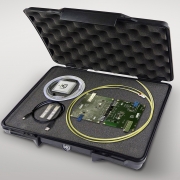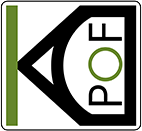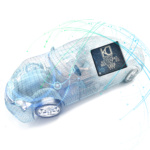IEEE SA Ethernet & IP Auto Tech Day: Optical Data Network Backbone for Autonomous Driving
For safety-related functions such as the data network backbone, autonomous driving requires redundant systems. The objective of this redundancy is to increase safety and avoid the autonomous car being locked if the backbone is disabled in some way. The second backbone may be optical as well, or even copper-based. Reliability analysis shows the highest reliability lies in having a technology redundancy like optical and copper. Consequently, more and more OEMs are now considering Plastic Optical Fiber (POF). KDPOF will introduce Optical Data Network Backbone for Autonomous Driving as a exhibitor at the 2018 IEEE-SA Ethernet & IP @ Automotive Technology Day, 9-10 October 2018 in London, UK.
Network Integration: Seamless and EMC-compliant
Electric and autonomous driving also creates various electrical challenges and interferences for new powertrain architectures. The systems involved are composed of sensors, actuators, and artificial intelligence computing units, all of which are connected along the car by means of a communications network. It is mandatory for all corresponding systems to perform as intended in any unexpected situation. One major issue in any electrical power train is electromagnetic noise. Subsequently, due to the presence of hazardous high voltage (above 25 Vac or 60 Vdc), galvanic isolation is necessary between the domains of a battery management system and also between the primary and secondary systems of both ac-dc and dc-dc. 1000BASE-RH, the Ethernet specification for a Gigabit-capable communications protocol based on POF, is ideal for the new architectures. It provides natural galvanic isolation between communicating modules and a radiation free harness. Moreover, it can operate at 100 Mbps for most current needs while also supporting future needs at 1 Gbps.
With the first automotive Gigabit Ethernet POF (GEPOF) transceiver KD1053, KDPOF provides high connectivity with a flexible digital host interface, low latency, low jitter, and low linking time. The transceiver complies with the standard amendment IEEE Std 802.3bv™ and thus fully meets the requirements of carmakers.

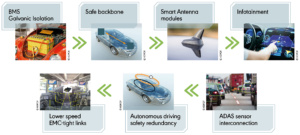
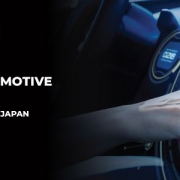

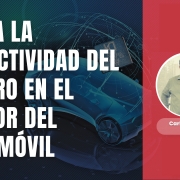
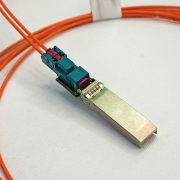
 ECOC
ECOC